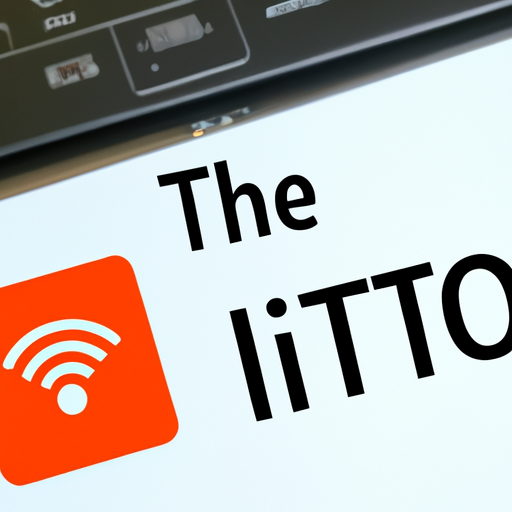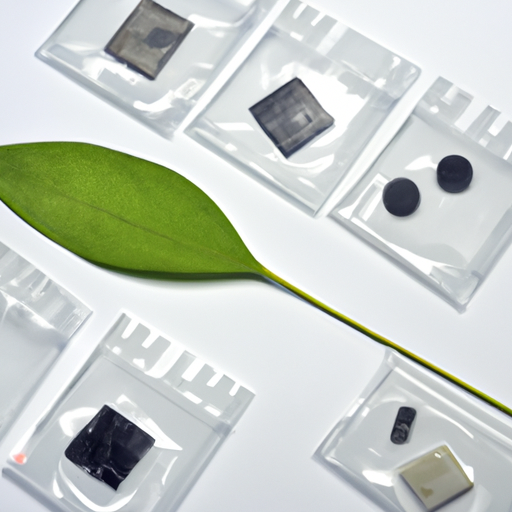The Internet of Things (IoT) is a revolutionary concept that has transformed how we interact with the world around us. By connecting everyday objects to the internet, IoT enables seamless communication between devices, allowing them to share data and work together.
What is the Internet of Things (IoT)?
At its core, IoT refers to a network of physical objects embedded with sensors and software that allow them to collect and exchange data. Examples include smart home devices like thermostats, smart refrigerators, and security systems that provide real-time information and automate daily tasks.
The Growth of IoT
Over recent years, IoT has expanded rapidly. With advancements in technology, numerous industries such as healthcare, agriculture, manufacturing, and transportation are utilizing IoT applications to improve efficiency and productivity. This growth indicates a shift towards a more connected world, where smart devices simplify our daily lives.
How IoT Affects Our Daily Lives
Life with IoT has become increasingly convenient. For instance, smart home systems allow homeowners to control lighting, heating, and security from their smartphones. Moreover, IoT in healthcare enables remote monitoring of patients, ensuring they receive timely care.
Challenges and Concerns
Despite its benefits, IoT comes with challenges such as security risks and data privacy concerns. As more devices connect to the internet, the potential for cyberattacks increases. To mitigate these risks, manufacturers and consumers must prioritize security measures when developing or using IoT devices.
The Future of IoT
Looking ahead, the potential of the Internet of Things seems limitless. As technology evolves, we can expect smarter and more efficient devices integrated into every aspect of our lives. From smart cities to increased automation in workplaces, IoT will continue to reshape how we interact with technology and each other.
Conclusion
The Internet of Things is more than just a trend; it’s a fundamental shift in how we live and work. By understanding and embracing IoT, we can unlock numerous opportunities and improve our quality of life.













